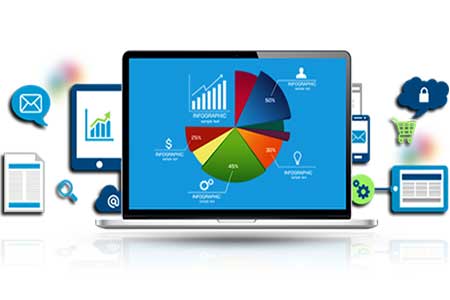ERP - Enterprise Resource Planning
ERP is business process management software that allows an organization to use a system of integrated applications to manage the business and automate many back office functions related to technology, services and human resources. ERP software integrates all faces of an operation — including product planning, development, manufacturing, sales and marketing — in a single database, application and user interface which can be accessed anywhere anytime.












